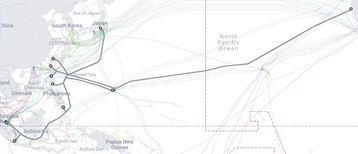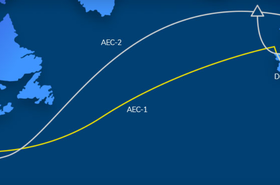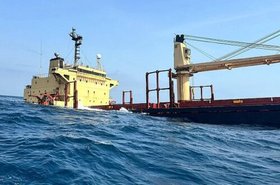Google has announced plans for a new subsea cable linking the US to Taiwan and the Philippines.
Google announces another APAC cable; the TPU system
This month Google, via its GU Holdings subsidiary, filed with the FCC for a new submarine cable connecting the United States to Taiwan and the Philippines, to be known as the TPU cable system.
In a quiet update on its blog, Google said it was partnering with regional carriers Chunghwa Telecom, Innove (a subsidiary of Globe Group), and AT&T to deliver the TPU (Taiwan-Philippines-US) cable system.
The cable will connect Taiwan, the Philippines, Guam, and California in order to “support growing demand in the APAC region.”
“We are committed to providing Google Cloud customers with a resilient, high-performing global network,” Google said.
According to industry observer Philippe Devaux, the cable will offer a total 260Tbps of capacity via 20 fiber pairs each offering 13Tbps; though some branches will have 16 pairs.
NEC is the supplier. Work on the system is set to begin in March 2024 and the cable is expected to be ready for service in 2025.
“NEC is now building the subsea cable to connect US and Asia. The TPU cable system recently announced by Google will connect Taiwan, Philippines, Guam, and California,” the company said on LinkedIn this week. “We expect the cable to be ready for service in 2025, not only delivering improved resilience for Google services, but also increasing capacity to the region for a variety of network operators.”
The cable is reportedly set to land in Eureka in California in EdgeConneX’s facility there, Tanguisson Point in Guam, Dawu in Taiwan, and Claveria in the Philippines.
CommsUpdate reports Chunghwa Telecom will serve as the landing party and cable landing station (CLS) owner at a new facility in Dawu, and Globe Telecom subsidiary Innove as the landing party and CLS owner at a new facility in Claveria. The Guam landing will be at an existing AT&T CLS.
The new cable runs a similar route to Google’s in-development Apricot cable. Announced in 2021, that 12,000km system is set to run from Agat in Guam to Toucheng in Taiwan and Davao in the Philippines.
Apricot is also landing in Batam and Tanjung Pakis Indonesia; Minamiboso, Japan; and Tuas, Singapore. Chunghwa Telecom is also a partner in the Apricot consortium, alongside Meta, NTT, and PLDT. The 190Tbps cable is set to go live next year.
Google is a major investor in subsea cables. The company has invested in around 20 cables since 2010, both privately and as part of consortiums.
Center3 and ASN to build EMC West cable
In other cable news in the Middle East, STC subsidiary Center3 this week signed a deal to build a new subsea cable connecting the Middle East to the Mediterranean.
The company, on behalf of the EMC Subsea Cable Company consortium and Alcatel Submarine Networks (ASN), signed a supplier’s contract for the construction of two subsea and terrestrial cables known as EMC West.
ASN will begin to construct EMC West, linking Haql in Saudi Arabia with Genova in Italy and Marseille in France, via Cyprus and Greece.
The two cables – consisting of multiple fiber pairs - will have branches in Cyprus, Crete, and Athens.
The EMC system is expected to operate in Q1 2026.







